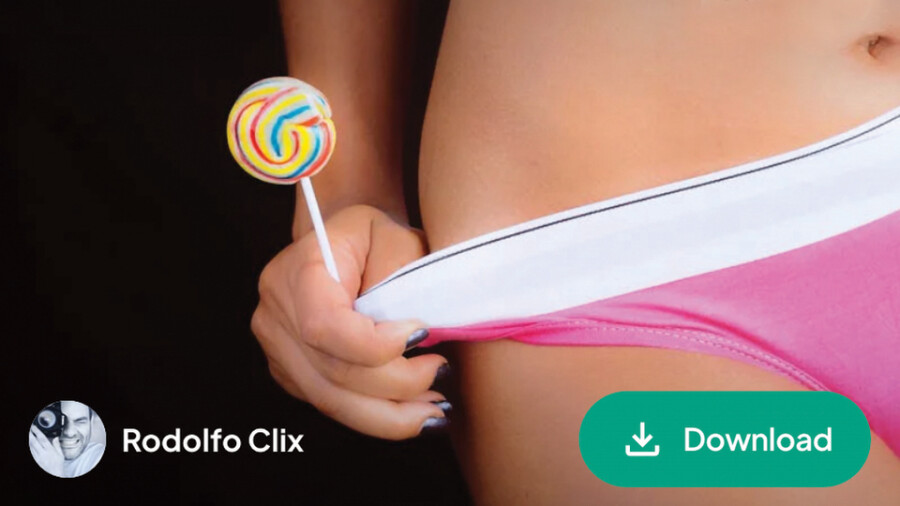As a content creator, you strive first and foremost to produce captivating and original work that will resonate with your audience. Sometimes, however, you must also navigate daunting technical and legal challenges. One such challenge involves copyright and fair use.
Understanding the basics of copyright and fair use is essential for staying compliant and avoiding legal trouble. Stick around as we dive into copyright laws every content creator should know, and share tips to help you use third-party content the right way.
Websites like Pexels, Unsplash and Wikimedia Commons provide free-to-use visuals, but not all content may be available for adult-themed projects, so be mindful of subject-matter limitations.
Understanding Copyright: The Basics
Copyright protects original work like photos, videos, music and text. The moment you create something, you own the copyright, unless you transfer ownership through a contract. This gives you control over how your work is used, shared or reproduced.
That also means you can’t use someone else’s content without permission or a license, even if it’s posted online, such as on social media. A common mistake is assuming public posts are free to use, but that’s not the case. Copyright applies whether or not it is explicitly stated.
Key Copyright Laws and Frameworks Creators Should Know
- DMCA (Digital Millennium Copyright Act): You are likely already familiar with the DMCA, which protects creators by requiring platforms to remove infringing content upon request. This is why unauthorized uploads on sites get taken down fast. Repeated takedowns can lead to penalties for the infringing account holder.
- Public Domain: Content in the public domain is free to use, usually because its copyright has expired or the creator released it. Tools like Copyright Genie and sites like Project Gutenberg and Wikimedia can help you find and identify safe-to-use content.
- Creative Commons (CC) Licenses: Some creators share work under CC licenses with specific rules. Some allow commercial use, while others require attribution or limit modifications. Always follow the license terms to avoid issues.
What is Fair Use, and How Does It Apply to Me?
Fair use permits limited use of copyrighted material without permission for specific purposes such as commentary, criticism, education or parody. In digital content creation, fair use allows creators to incorporate existing works within limits. However, it’s a nuanced area, and not every use qualifies as fair use. Here are four factors that determine fair use.
- Purpose and Character of Use: Courts favor transformative use — where new content adds value or changes the original meaning. For example, adding commentary to a news clip might be considered transformative.
- Nature of the Copyrighted Work: Published and factual content is more likely to qualify for fair use than unpublished content or creative works like music or fiction.
- Amount and Substantiality: Using smaller portions of the original work increases the likelihood of fair use, though even small portions can infringe if they represent the “heart” of the work. A good example is “sampling” a song; even using a short musical phrase can infringe on copyright.
- Effect on the Market: If your use competes with the original or harms its market value, it’s less likely to qualify as fair use. For instance, reposting an entire song could reduce the artist’s revenue.
Practical Tips for Legally Using Third-Party Content
When incorporating third-party content into your projects, start by looking for public domain or CC-licensed material, which is free to use with clear guidelines. Websites like Pexels, Unsplash and Wikimedia Commons provide free-to-use visuals. If suitable material isn’t available for free, consider purchasing licenses from platforms like Artlist for music or Shutterstock for stock imagery.
Whether using free content or licensing content, always carefully review the terms of use to confirm whether it can be used in adult contexts, as some licenses restrict such usage. For example, some copyright holders do not object to “artistic” nudity, but draw the line at more explicit material.
If you’re using CC-licensed content, be sure to follow the attribution requirements by crediting the creator with their name, the work’s title and a link to the source. If you’re monetizing, make sure the license allows commercial use; many free resources are reserved for personal or noncommercial projects.
Lessons From Content Creators
Whether on YouTube or spicy platforms, using copyrighted music without permission can trigger takedowns or strikes, so many creators turn to royalty-free libraries to avoid issues. Memes and parodies can qualify as fair use if they transform the original content, but it’s a gray area. On platforms like Instagram, reposting copyrighted material without permission, even with a tag, can lead to bans. Spicy creators should be especially cautious, as adult content can attract stricter enforcement across platforms.
Copyright and fair-use laws are vital considerations for digital content creators. By understanding these rules and using third-party content responsibly, you can protect your work and avoid legal pitfalls. The best practice is always to create original content, but when that’s not possible, use licensed or public-domain content and make sure to “transform” any copyrighted works you incorporate.
Navigating copyright and fair use may seem complex, but with knowledge and care, you can grow your digital presence confidently while respecting the creative rights of others.
Megan Stokes is co-founder of NMG Management, specializing in content distribution and management. As a veteran of the adult industry, she enjoys sharing the knowledge and data she has collected over time with those who seek her help.








